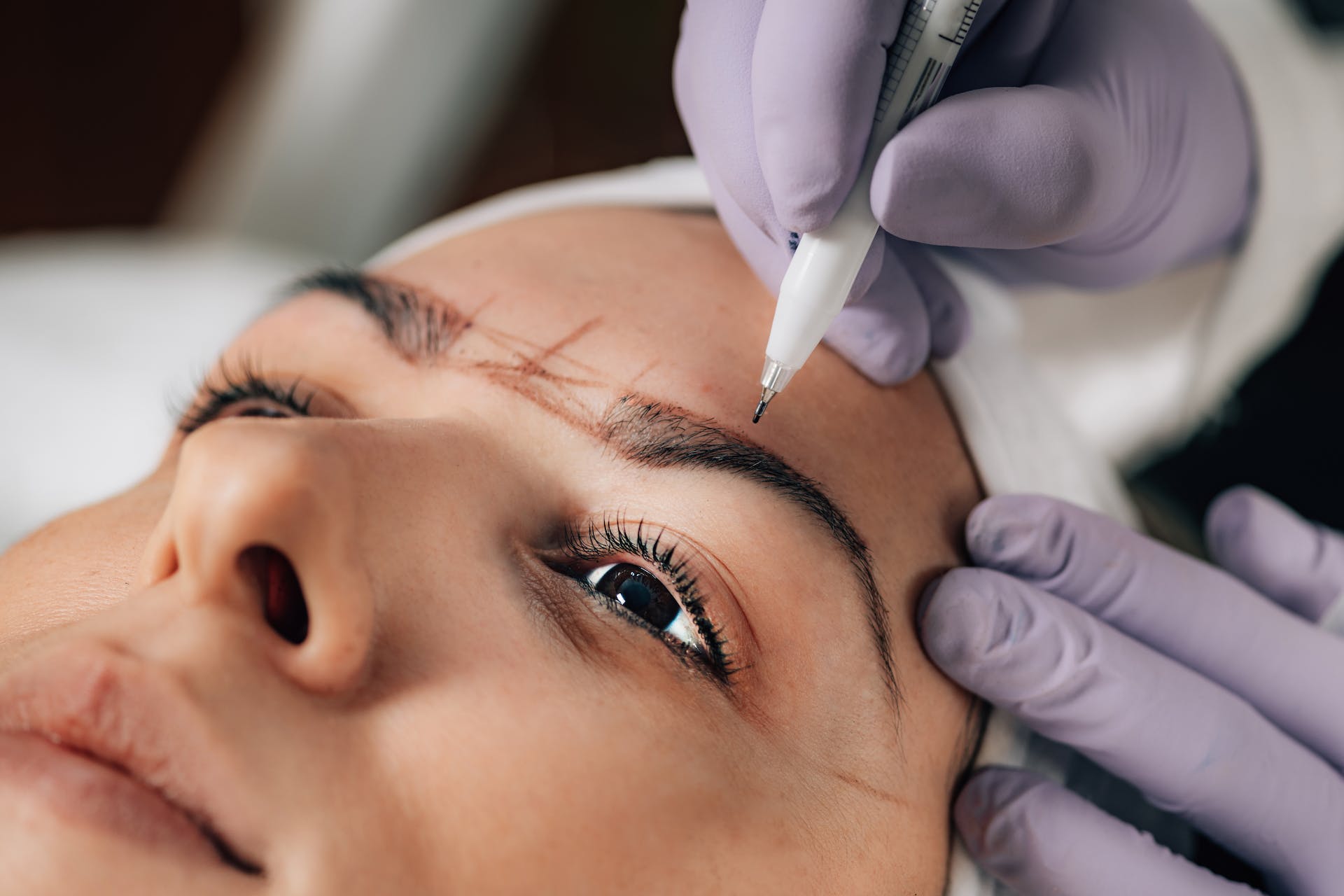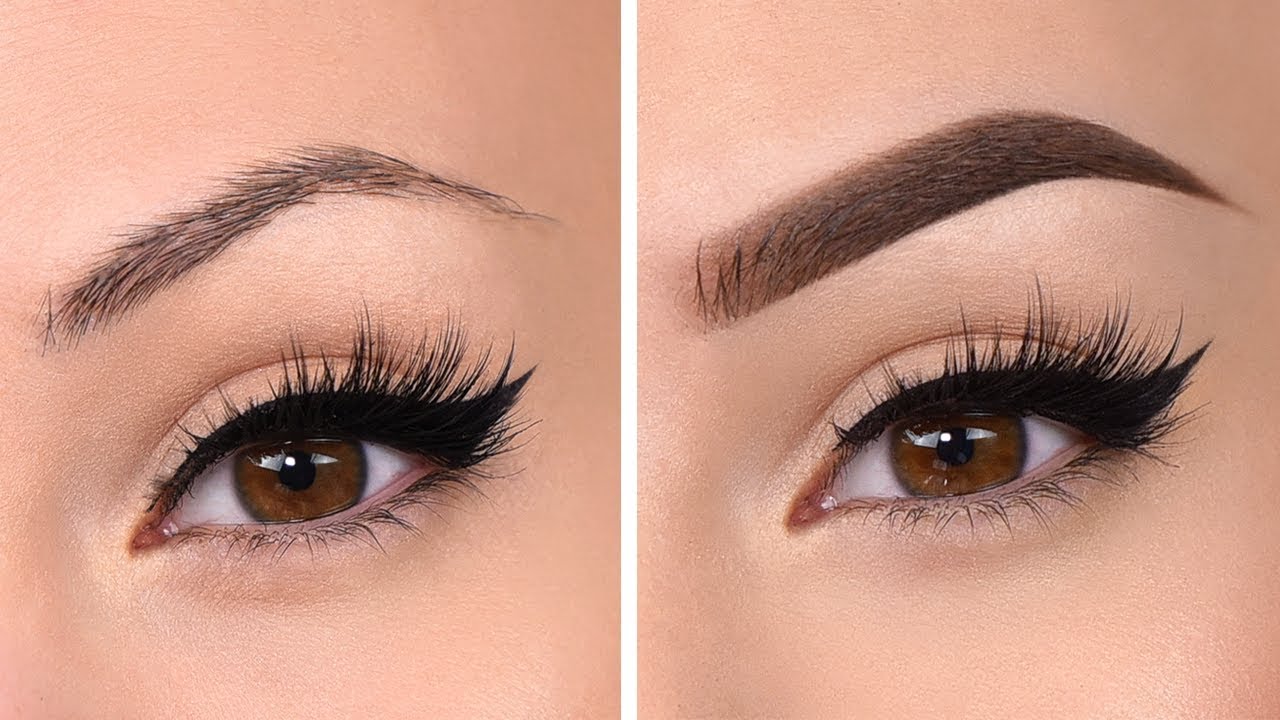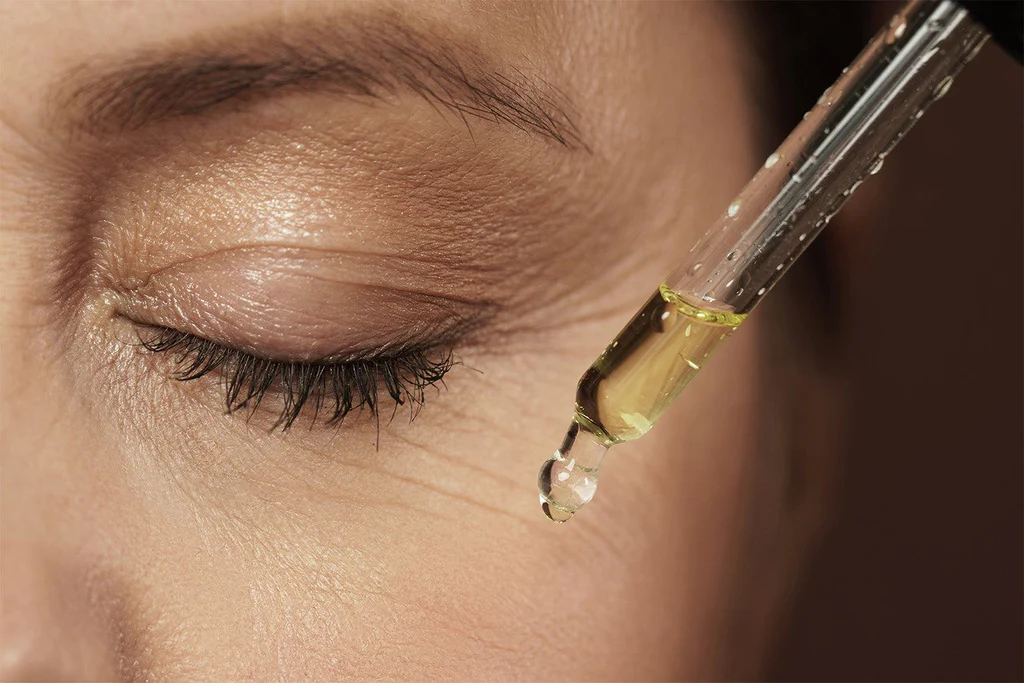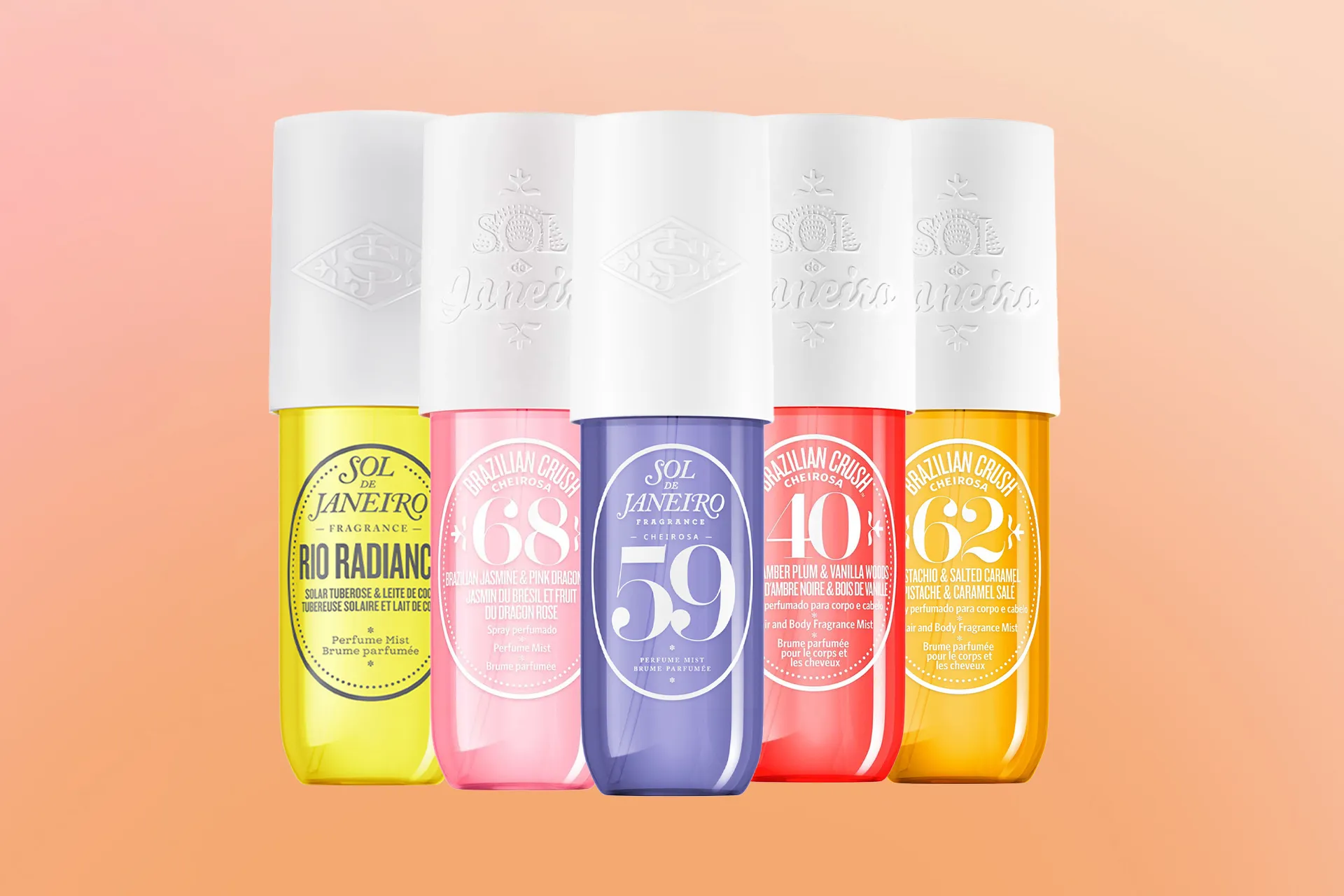If you’re looking for a way to enhance your eyebrows, you might have heard of two popular techniques: 3D microblading and microblading. Both of them are forms of semi-permanent makeup that create realistic-looking hair strokes on your brows. But what are the differences between them, and how do you choose the best one for your needs? In this blog post, we’ll explain everything you need to know about 3D microblading and microblading, including their benefits, drawbacks, costs, and aftercare. We’ll also answer some frequently asked questions to help you make an informed decision about 3D microblading vs microblading.
What is 3D Microblading?
3D microblading, also known as eyebrow embroidery, is a technique that uses a special machine to deposit pigments under the skin in a pattern that mimics natural brow hairs. The result is thicker, bolder, and more defined eyebrows that last for up to two years1. 3D microblading is ideal for people who have sparse, thin, or uneven brows and want to achieve a more dramatic look.
What is Microblading?
Microblading is a technique that uses a handheld tool with tiny blades to create fine cuts on the skin and implant pigments into them. The result is natural-looking, hair-like strokes that blend in with your existing brows and last for up to 18 months2. Microblading is perfect for people who have patchy, light, or overplucked brows and want to enhance their shape and fullness.
What are the Benefits of 3D Microblading and Microblading?
Both 3D microblading and microblading have several advantages, such as:
- They can improve the appearance and symmetry of your eyebrows
- They can save you time and money on daily makeup products and application
- They can boost your confidence and self-esteem
- They can withstand water, sweat, and smudging
- They can be customized to suit your preferences and skin tone
What are the Drawbacks of 3D Microblading and Microblading?
Both 3D microblading and microblading also have some disadvantages, such as:
- They can be painful and cause bleeding, swelling, redness, and scabbing during and after the procedure
- They can cause infections, allergic reactions, scarring, or pigment migration if not done properly or hygienically
- They can fade or change color over time due to sun exposure, skin type, or lifestyle factors
- They can be difficult or expensive to remove or correct if you’re unhappy with the results
- They can limit your options for changing your brow style or shape in the future
How Much Do 3D Microblading and Microblading Cost?
The cost of 3D microblading and microblading varies depending on the location, skill, and reputation of the technician, as well as the quality of the materials and equipment used. On average, 3D microblading can range from $300 to $1000, while microblading can range from $200 to $800. These prices usually include a consultation, the initial procedure, and a touch-up session after four to six weeks. You may also need to pay extra for numbing cream, aftercare products, or additional touch-ups.
How to Prepare for 3D Microblading and Microblading?
Before you get 3D microblading or microblading, you should do some research and find a reputable, licensed, and experienced technician who can show you their portfolio and reviews. You should also consult with them about your expectations, preferences, and medical history, and ask them any questions you have about the procedure. They should be able to advise you on the best technique, shape, color, and density for your brows, and draw a mock-up on your skin for your approval.
To ensure a smooth and safe procedure, you should also follow these tips:
- Avoid alcohol, caffeine, aspirin, ibuprofen, or any blood-thinning medications for at least 24 hours before the procedure
- Avoid sun exposure, tanning, waxing, threading, or plucking your brows for at least a week before the procedure
- Avoid any facial treatments, peels, or exfoliation for at least two weeks before the procedure
- Avoid any retinoids, vitamin A, or other skincare products that can thin or irritate your skin for at least a month before the procedure
- Arrive with a clean face and no makeup on the day of the procedure
What to Expect During and After 3D Microblading and Microblading?
The procedure of 3D microblading and microblading usually takes about two to three hours, depending on the complexity and size of your brows. The technician will first apply a numbing cream to your brow area to minimize the discomfort. Then, they will use either a machine or a tool to create the hair strokes on your skin and fill them with pigment. You may feel some pressure, scratching, or vibration, but it should not be too painful. The technician will periodically wipe off the excess pigment and blood and show you the progress.
After the procedure, you will need to follow some aftercare instructions to ensure proper healing and prevent complications. These include:
- Applying a thin layer of antibacterial ointment or healing balm to your brows twice a day for the first week
- Avoiding touching, rubbing, picking, or scratching your brows as they heal
- Avoiding water, soap, makeup, or any products on your brows for at least 10 days
- Avoiding sun exposure, tanning, swimming, sweating, or any activities that can cause infection or fading for at least four weeks
- Avoiding any facial treatments, peels, or exfoliation for at least six weeks
- Applying sunscreen to your brows after they heal to protect them from UV damage
- Scheduling a touch-up session with your technician after four to six weeks to fill in any gaps or adjust the color or shape
3D Microblading vs. Microblading: Which One Should You Choose?
The choice between 3D microblading and microblading depends on your personal preference, skin type, and desired outcome. Here are some factors to consider:
- 3D microblading creates a more dramatic and defined look, while microblading creates a more natural and subtle look
- 3D microblading works well for all skin types, while microblading works better for dry or normal skin types
- 3D microblading lasts longer than microblading, but also costs more and requires more maintenance
- 3D microblading is more suitable for people who want to reshape or reconstruct their brows, while microblading is more suitable for people who want to enhance or fill in their brows
Ultimately, the best way to decide is to consult with a professional technician who can assess your brows and recommend the best option for you.
Frequently Asked Questions
Here are some common questions and answers about 3D microblading and microblading:
- Q: Are 3D microblading and microblading safe?
- A: Yes, 3D microblading and microblading are generally safe procedures, as long as they are done by a qualified, licensed, and hygienic technician who uses sterile and high-quality materials and equipment. However, there are some risks and side effects involved, such as pain, bleeding, infection, allergic reaction, scarring, or pigment migration. To avoid these, you should follow the pre- and post-care instructions carefully, and report any signs of complications to your technician or doctor.
- Q: Are 3D microblading and microblading permanent?
- A: No, 3D microblading and microblading are not permanent, but semi-permanent. This means that they will fade over time and require touch-ups to maintain the results. The longevity of the results depends on several factors, such as the technique, the pigment, the skin type, the sun exposure, the lifestyle, and the aftercare. On average, 3D microblading can last for up to two years, while microblading can last for up to 18 months.
- Q: How often do I need to get touch-ups for 3D microblading and microblading?
- A: The frequency of touch-ups for 3D microblading and microblading varies from person to person, depending on how well the pigment retains and how satisfied you are with the results. Generally, you will need to get a touch-up session after four to six weeks of the initial procedure to fill in any gaps or adjust the color or shape. After that, you may need to get annual or biannual touch-ups to keep your brows looking fresh and flawless.
- Q: Can I get 3D microblading or microblading if I have an existing tattoo or microblading on my brows?
- A: It depends on the condition and color of your existing tattoo or microblading. If your tattoo or microblading is very faded, light, or thin, you may be able to get 3D microblading or microblading over it. However, if your tattoo or microblading is very dark, thick, or uneven, you may need to get it removed or lightened first before getting 3D microblading or microblading. Otherwise, the results may not look good or natural. You should consult with a technician who can evaluate your brows and advise you on the best course of action.
- Q: Can I get 3D microblading or microblading if I have a medical condition or take medication?
- A: It depends on the type and severity of your medical condition or medication. Some conditions or medications that may affect your eligibility for 3D microblading or microblading include diabetes, blood disorders, autoimmune diseases, skin diseases, cancer, pregnancy, breastfeeding, or any anticoagulants, antibiotics, or steroids. These may increase the risk of bleeding, infection, healing problems, or pigment rejection. You should consult with your doctor and your technician before getting 3D microblading or microblading to make sure it is safe for you.
Conclusion
3D microblading and microblading are both effective and popular ways to enhance your eyebrows and give them a more defined and natural look. However, they have some differences in terms of the technique, the result, the suitability, the longevity, the cost, and the maintenance. The best way to choose between them is to do your research, consult with a professional, and consider your personal preference, skin type, and desired outcome. Whichever one you choose, make sure you follow the pre- and post-care instructions carefully to ensure a smooth and successful procedure. We hope this blog post has helped you understand the differences and similarities between 3D microblading and microblading, and make an informed decision. If you have any questions or comments, feel free to leave them below. Thank you for reading!
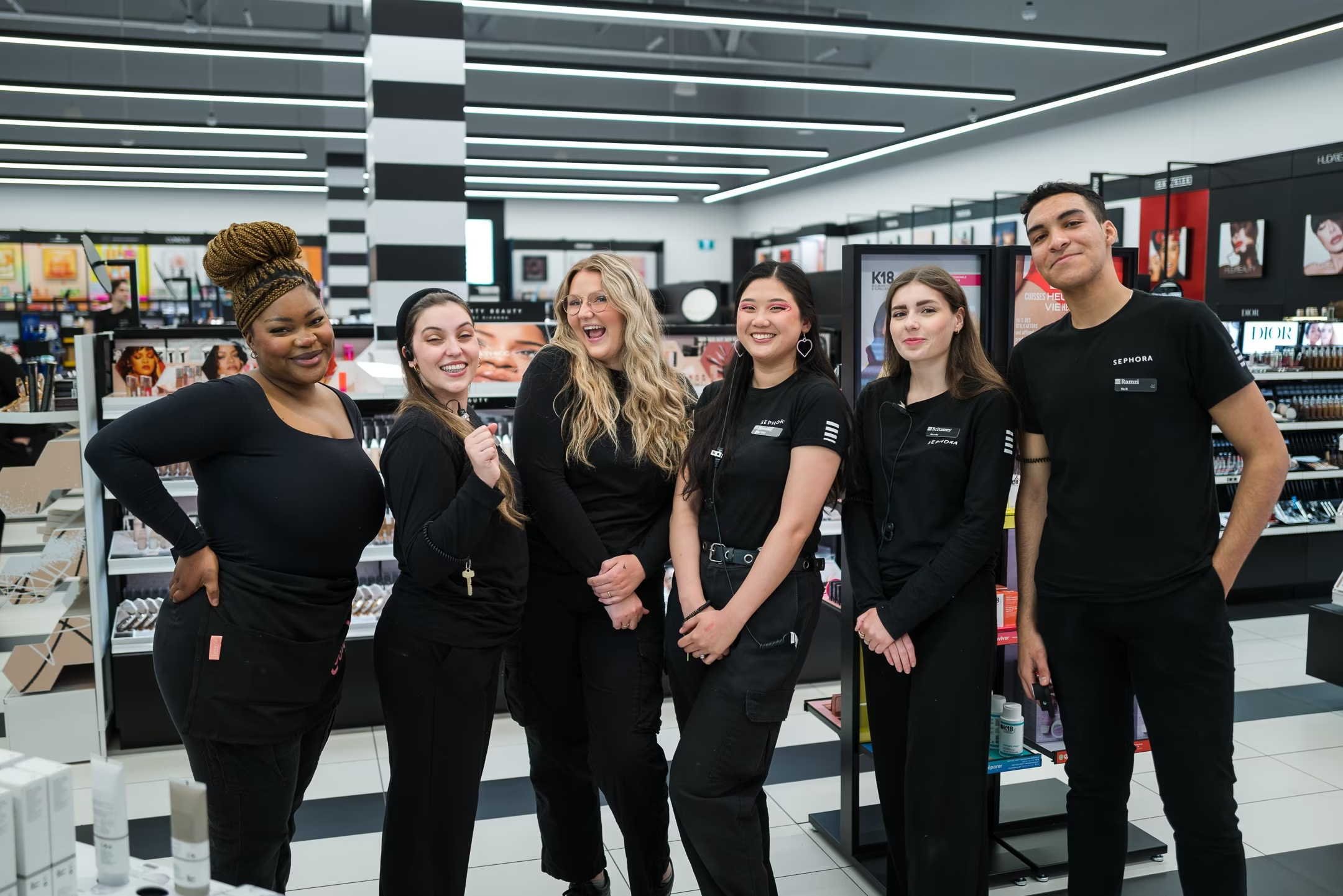
 By
Your Beauty Plug
By
Your Beauty Plug
